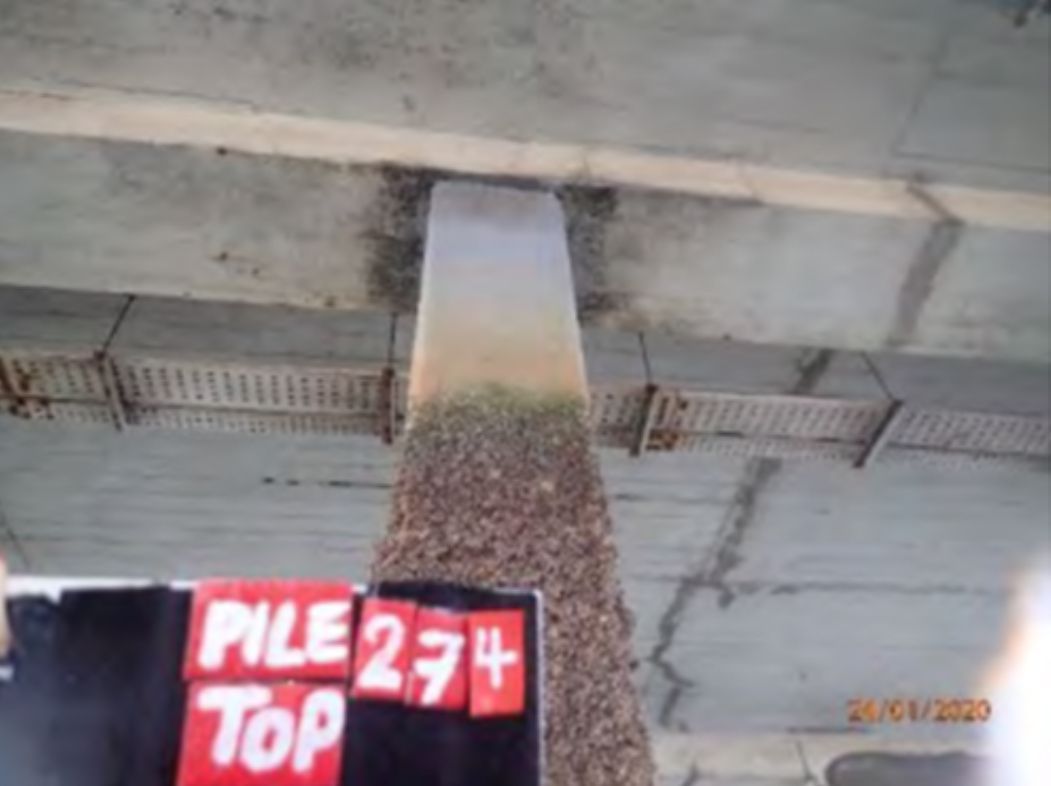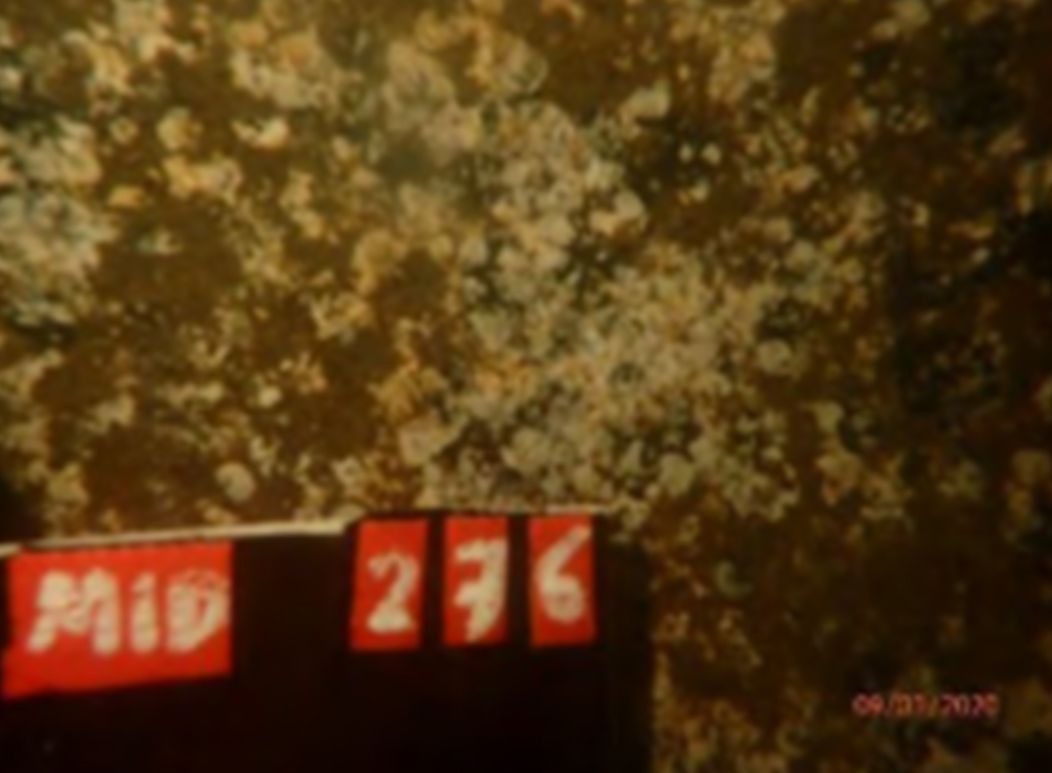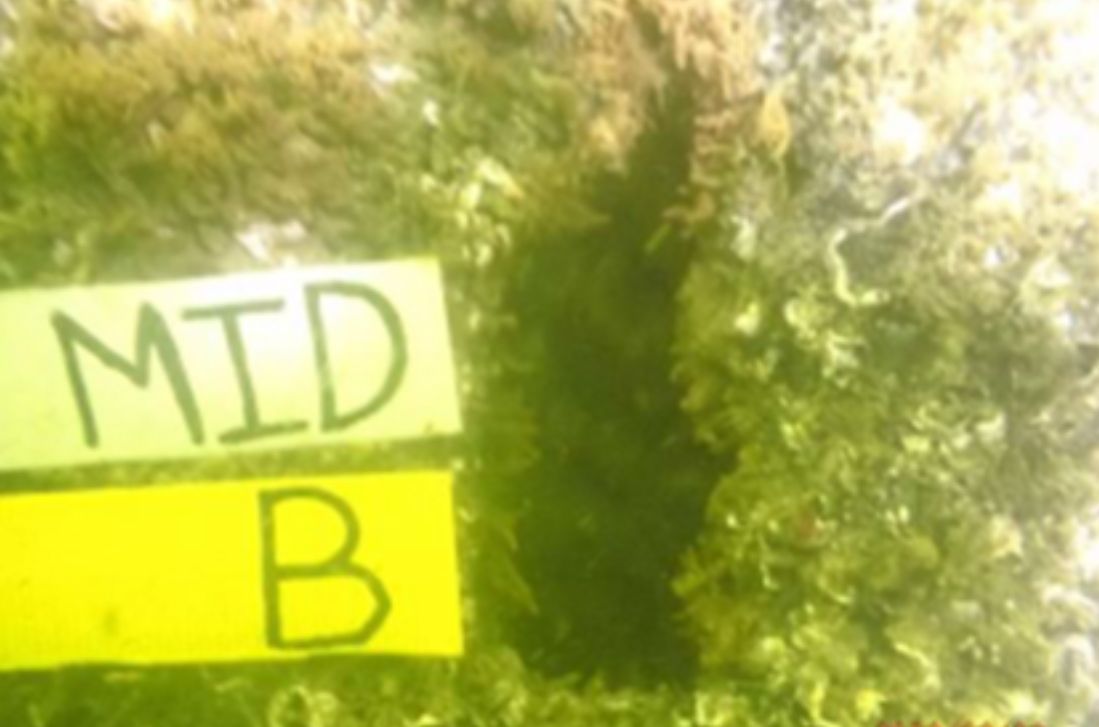Jetty Structural Condition Assessment & Inspection
Jetties are crucial maritime structures that facilitate the berthing of ships and protect harbors from waves and sedimentation. Given Singapore's strategic location and its status as a global maritime hub, the maintenance and inspection of jetty structures are paramount. This comprehensive guide explores the materials used in jetty construction, the importance of regular inspections, the process of a jetty structural condition assessment inspection and conducting these inspections, and the strategies for maintenance and repair.

Materials Commonly Used in Jetty Construction and Their Repair
- Concrete: Concrete, often reinforced with steel, is one of the most common materials used in jetty construction. Its high durability and low maintenance make it ideal for long-lasting structures. Reinforcing it with steel helps it withstand tensile forces, increasing its overall strength.
- Steel: While steel is highly valued for its strength and flexibility, it is susceptible to corrosion in marine environments. Despite this, it remains a popular choice due to its adaptability in complex structures.
- Wood: Though less common in modern jetty construction, wood is known for its natural resistance to marine organisms. However, it requires frequent treatment to prevent decay and ensure long-term resilience in harsh marine conditions.
Repairs and Maintenance Techniques:
- Concrete Repairs: For concrete structures, repairs often involve patching cracks and sealing them to prevent further damage. This helps maintain the structural integrity over time.
- Steel Repairs: Steel components are commonly repaired through the application of protective coatings to prevent corrosion, which is essential to extend their lifespan in marine conditions.
- Wood Repairs: Wooden components may need to be replaced entirely or treated regularly to prevent decay. Preservatives and treatments are applied to maintain their durability in wet environments.
Types of Jetties
Each type and design of jetties has its unique structural demands and maintenance needs. Jetties vary in design based on their intended function, with the primary types being:
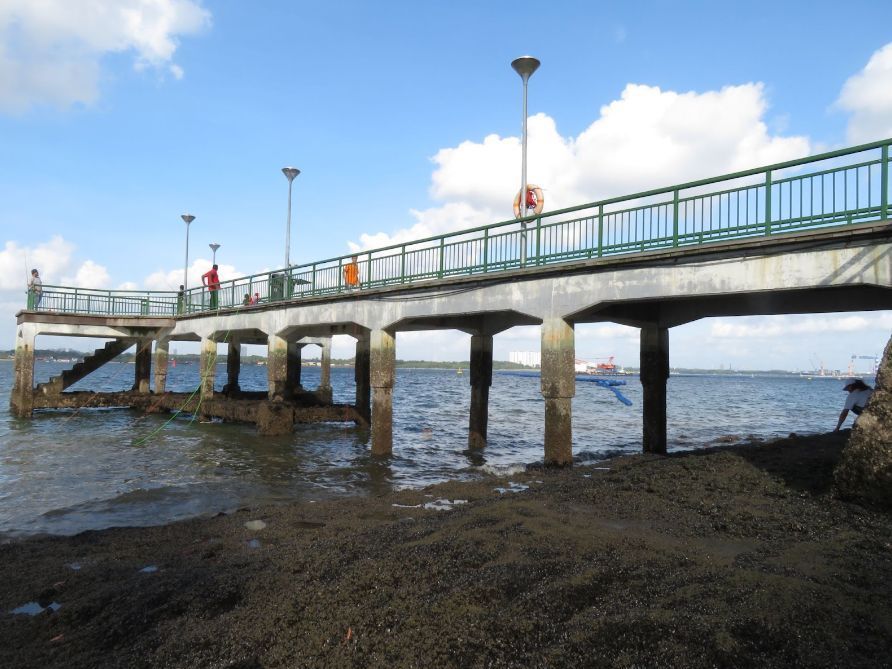
Working Jetties
Facilitate the loading and unloading of cargo and passengers.
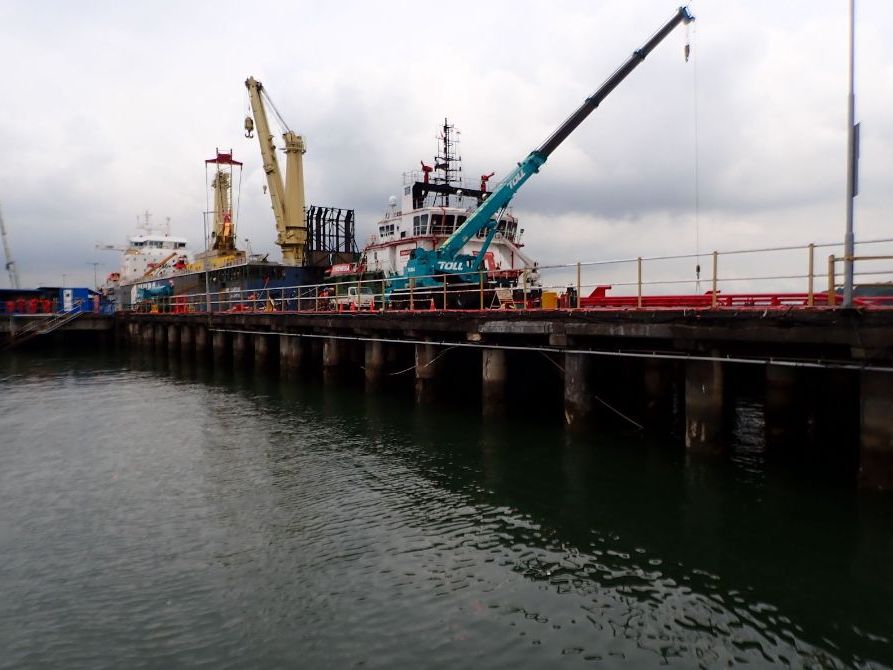
Mooring Jetties
Provide anchorage for vessels.
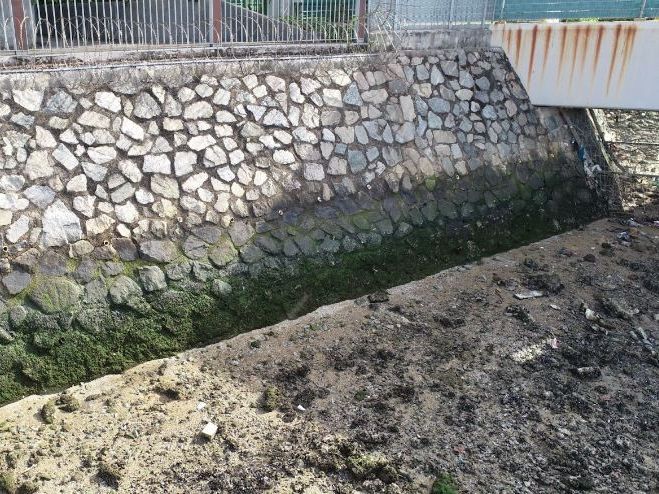
Breakwater Jetties
Protect harbors and bridges from waves and sedimentation.
The Need for Inspection and Assessment
We aren't just another name among engineering companies in Singapore; KK Forges is a beacon of technical and commercial excellence. Our team's skills and knowledge of materials, honed over numerous projects, guarantee your endeavours meet the industry's gold standard.
Risks of Neglecting Jetty Maintenance
Avoid the pitfalls and delays. With our seasoned structural engineers and consulting engineers and their wealth of building experience, every project progresses smoothly, adhering to timelines without compromising quality.
Benefits of Regular Assessment
Regular jetty assessments prevent disasters by identifying potential issues before they escalate. They also contribute to the longevity of the jetty structure, ensuring continuous operation and safety for all users.
Conducting a Jetty Inspection
The inspection process involves a thorough engineering examination of the jetty structure, focusing on signs of wear, corrosion, and damage. It typically includes visual inspections, underwater surveys for submerged components, and the use of non-destructive testing (NDT) techniques to assess material integrity.
Preparation and Safety Measures
Before an inspection, proper planning and risk assessment are essential. This includes securing the necessary permits, ensuring safety gear is available, and briefing the inspection team on potential hazards.
Inspection Techniques
Modern jetty inspections utilize a variety of techniques, including drone surveillance, 3D scanning, and underwater robotics, alongside traditional inspection methods like visual inspection and ultrasonic testing. These technologies provide comprehensive data on the condition of the jetty without compromising inspector safety.
Common Issues Uncovered During Inspections
Commonly identified issues include corrosion of metal components, cracking and spalling in concrete structures, and rot in wooden elements. Identifying these issues early is key to maintaining the structural integrity of the jetty.
Post-Inspection Steps
Analyzing Inspection Data
The data collected during the site inspection is carefully reviewed to assess the jetty's condition. This analysis informs the maintenance strategy, prioritizing repairs to ensure the structure's safety and functionality.
Maintenance and Repair
Based on the structural condition assessment and the inspection findings, a maintenance plan is developed. This may include immediate repairs for critical issues, ongoing monitoring for identified vulnerabilities, and preventive measures to protect against future damage.
Regular jetty inspections and maintenance are not just about preventing failures; they're about ensuring these critical structures can continue to support maritime operations safely and efficiently. In Singapore, where the maritime industry is a vital part of the economy, the stakes are particularly high, making the role of thorough inspections and proactive maintenance essential.
